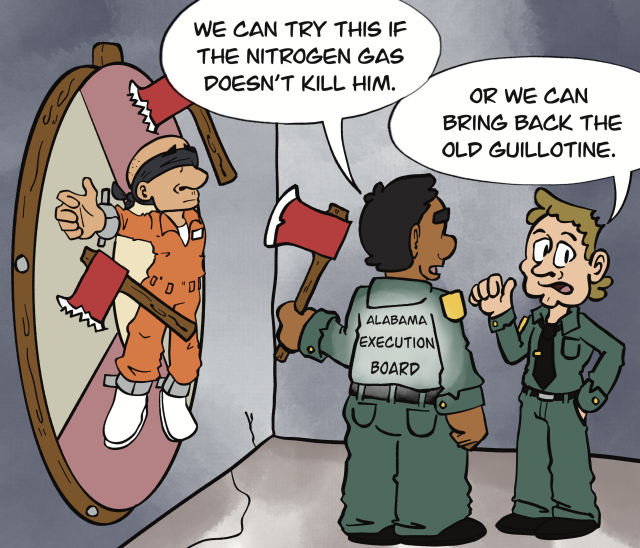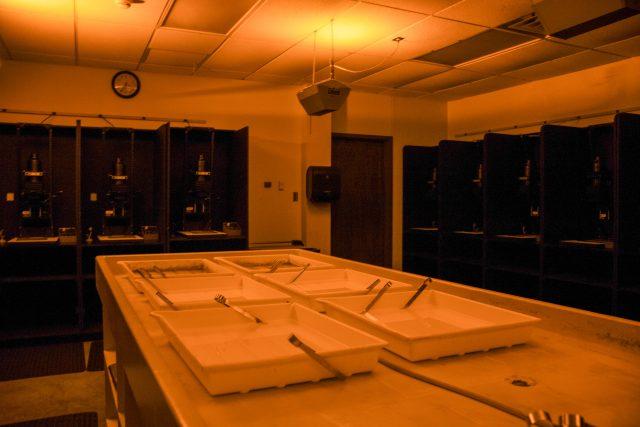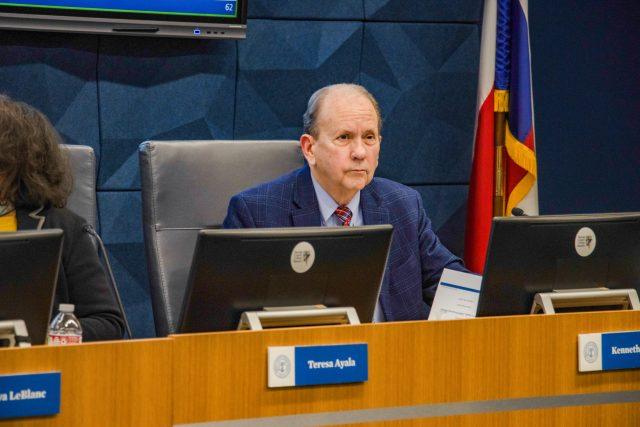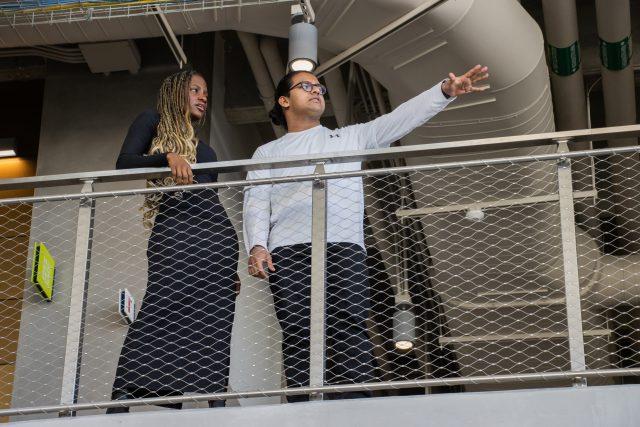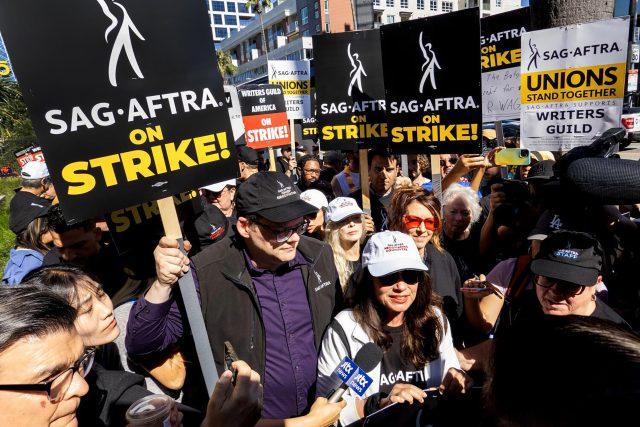Execution by nitrogen gas is a cruel and unusual punishment.
We have spent the better part of the last three years reading and watching stories on the news of people dying from hypoxia across the globe due to COVID-19. After all of those deaths, the state of Alabama used Nitrogen hypoxia as an execution method.
On Jan. 25, 58-year-old Kenneth Eugene Smith, a death row inmate in Alabama convicted of being a hit man, was killed. His method of execution was by breathing in nitrogen gas through a mask.
Prior to Smith’s execution The U.N. came out with statements saying that Alabama should stop the execution and any future use of nitrogen, because it could amount to torture.
Smith’s lawyers asked the supreme court to stop his execution until he can appeal it due to his previous botched execution being cruel and unusual.
In a 6-3 ruling against Smith, Justice Sotomayor said in her dissent, “Having failed to kill Smith on its first attempt, Alabama has selected him as its ‘guinea pig’ to test a method of execution never attempted before.” She goes on to say, “This Court yet again permits Alabama to experiment . . . with a human life.”
This is the first time the method has been used in an execution. In America, we are used to death by lethal injection and electrocution, even more rarely death by firing squad.
Many people are pro-death penalty when someone is sentenced to death, and a known method of execution is used. But when experimental methods of execution are used, like in this case, it turns them and those already on the fence about it against the death penalty.
People have become more inclined to stick with life in prison and eliminate the death penalty.
The Eighth Amendment to the U.S. Constitution states, “Excessive bail shall not be required, nor excessive fines imposed, nor cruel and unusual punishments inflicted.”
The question we are still asking today is what constitutes cruel and unusual punishment?
What we do know is that suffocation is a horrible way to die. So why would we say that hooking someone up to a mask and forcibly suffocating them using gas is not cruel?
It’s important to remember that Smith first conviction the jury recommended life in person in an 11-1 vote, in a ruling that is no longer allowed in Alabama the judge decided to sentence him to death. He was originally supposed to receive a lethal injection, but after hours of unsuccessfully attempting to find a viable vein, the state had to stop. This left Smith in pain, with bruised and battered arms.
Death by nitrogen hypoxia had never been tested before on humans, and some veterinarians say that it is inhumane for animals to be euthanized using nitrogen gas.
According to eyewitnesses the execution began at 7:56 p.m. and a few minutes later Smith started choking and moving in the gurney. He was pronounced dead at 8:25 p.m.
Alabama seemed set on using this method on someone so that they could start using it in place of lethal injection. There should be an investigation into Smith’s execution, and if it in fact was cruel and unusual based on eyewitness accounts and the medical records.
























